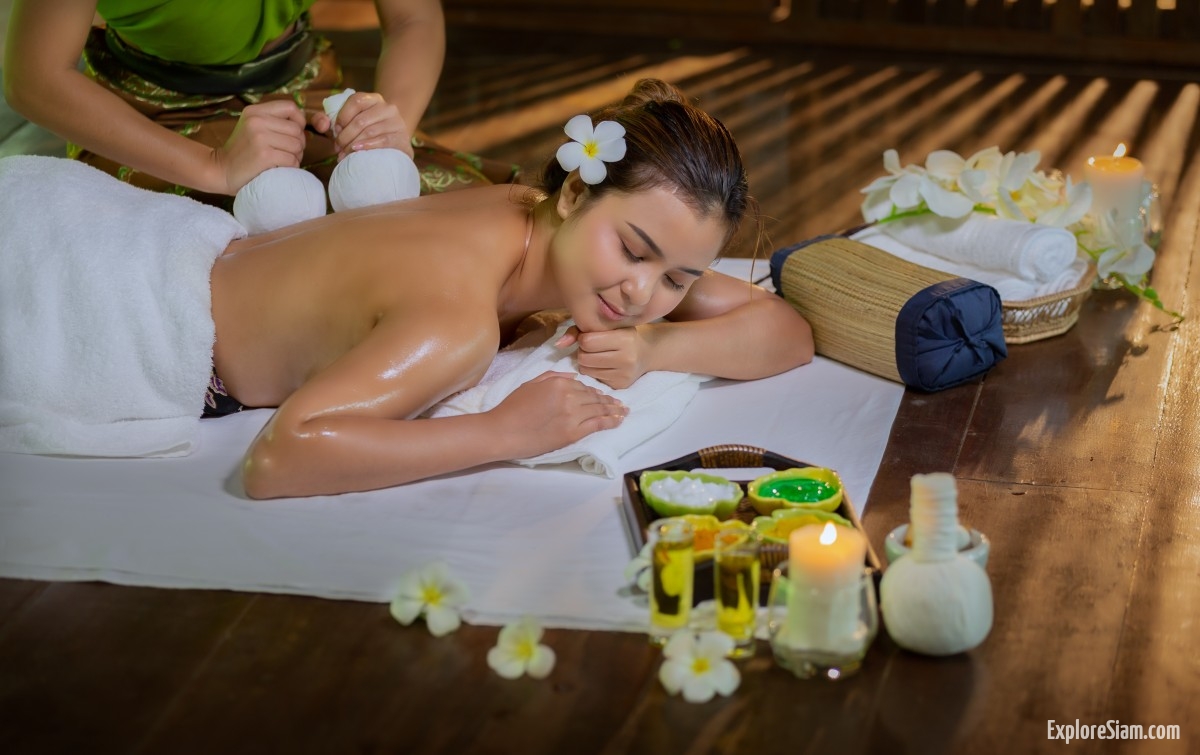Traditional Thai medicine is an ancient healing system that encompasses various practices aimed at promoting holistic health and well-being. Rooted in centuries-old traditions, it incorporates a blend of herbal remedies, massage techniques, dietary principles, and energy healing practices. In recent years, it has gained significant popularity among tourists seeking alternative and holistic approaches to health. This article delves into the main practices of traditional Thai medicine and explores why it has become a favored choice for many visitors to Thailand.
Traditional Herbal Remedies
At the heart of traditional Thai medicine lies the extensive use of herbal remedies. These natural treatments are crafted from a variety of plants, herbs, roots, and minerals known for their medicinal properties. Thai herbal medicine addresses a wide range of health issues, from digestive disorders and respiratory conditions to skin ailments and stress relief. Herbs like lemongrass, ginger, turmeric, and holy basil are commonly used in concoctions, teas, and topical applications. These remedies are often prepared according to traditional recipes passed down through generations, ensuring their effectiveness and safety.
Thai Massage
One of the most renowned aspects of traditional Thai medicine is Thai massage, or “Nuad Thai”. This therapeutic practice involves a combination of acupressure, stretching, and rhythmic compression techniques performed by trained practitioners. Unlike Western massages that primarily focus on muscle relaxation, Thai massage aims to enhance the flow of energy throughout the body. Practitioners use their hands, elbows, knees, and feet to apply pressure along the body’s energy lines, known as “Sen”. This holistic approach not only relieves physical tension but also promotes mental and emotional balance, making it a popular choice for tourists seeking rejuvenation.
Acupuncture and Acupressure
Acupuncture and acupressure are integral components of traditional Thai medicine, influenced by ancient Chinese practices. Acupuncture involves the insertion of fine needles into specific points on the body to stimulate energy flow and restore balance. Acupressure, on the other hand, uses manual pressure applied to these points. Both techniques are believed to activate the body’s self-healing mechanisms, alleviate pain, and treat various ailments. Tourists often seek these treatments for conditions such as chronic pain, migraines, and stress-related disorders.
Sauna and Steam Therapies
Sauna and steam therapies are also prominent in traditional Thai medicine. Herbal saunas and steam baths use aromatic herbs and medicinal plants to create a healing environment. The steam, infused with the essences of herbs like eucalyptus, kaffir lime, and pandan leaves, opens up the pores, detoxifies the body, and promotes relaxation. These therapies are not only beneficial for physical health but also offer a soothing and rejuvenating experience, making them highly appealing to tourists looking for a holistic spa experience.
Nutrition and Dietary Practices
Traditional Thai medicine places significant emphasis on diet and nutrition as vital components of health. The dietary practices are based on the belief that food is medicine, and the right balance of flavors—sweet, salty, sour, bitter, and spicy—can harmonize the body’s elements. Meals are often prepared using fresh, locally sourced ingredients, and herbs and spices are used not only for flavor but also for their medicinal properties. Tourists are encouraged to explore the rich culinary heritage of Thailand, which includes a variety of health-promoting dishes designed to enhance overall well-being.
Energy Healing Practices
Energy healing is another cornerstone of traditional Thai medicine, focusing on the balance and flow of internal energy, or “prana”. Practices such as meditation, breathing exercises, and yoga are employed to cultivate this energy and promote harmony within the body. These techniques are designed to calm the mind, reduce stress, and enhance mental clarity. Tourists often participate in meditation retreats and yoga sessions to experience the profound benefits of these ancient practices, which contribute to a sense of inner peace and balance.
Healing Oils and Ointments
The use of healing oils and ointments is widespread in traditional Thai medicine. These products are often made from a blend of herbs, essential oils, and natural ingredients known for their therapeutic properties. They are used for massages, topical applications, and aromatherapy to treat various ailments such as muscle pain, inflammation, and skin conditions. The soothing scents and healing properties of these oils provide a sensory experience that enhances relaxation and well-being, making them popular among tourists seeking natural remedies.
Traditional Thai medicine offers a comprehensive approach to health that integrates physical, mental, and spiritual well-being. Its various practices, from herbal remedies and Thai massage to acupuncture, steam therapies, nutrition, energy healing, and the use of healing oils, provide a holistic path to wellness. The growing popularity of these traditional practices among tourists underscores their effectiveness and appeal. As more people seek alternative and natural ways to enhance their health, traditional Thai medicine continues to thrive as a timeless and valuable healing tradition.





